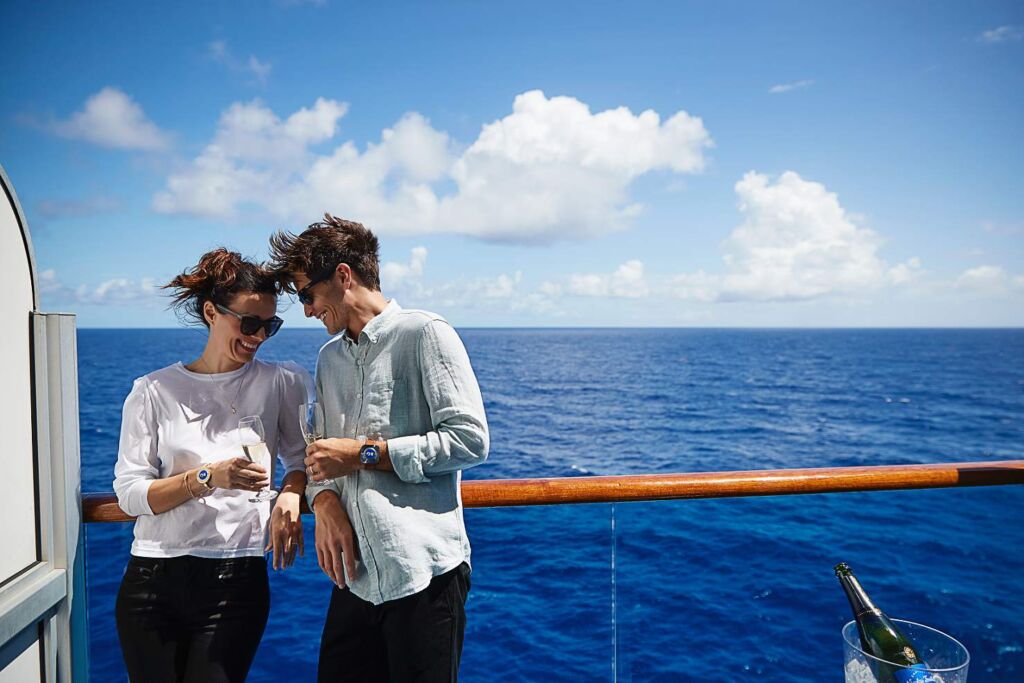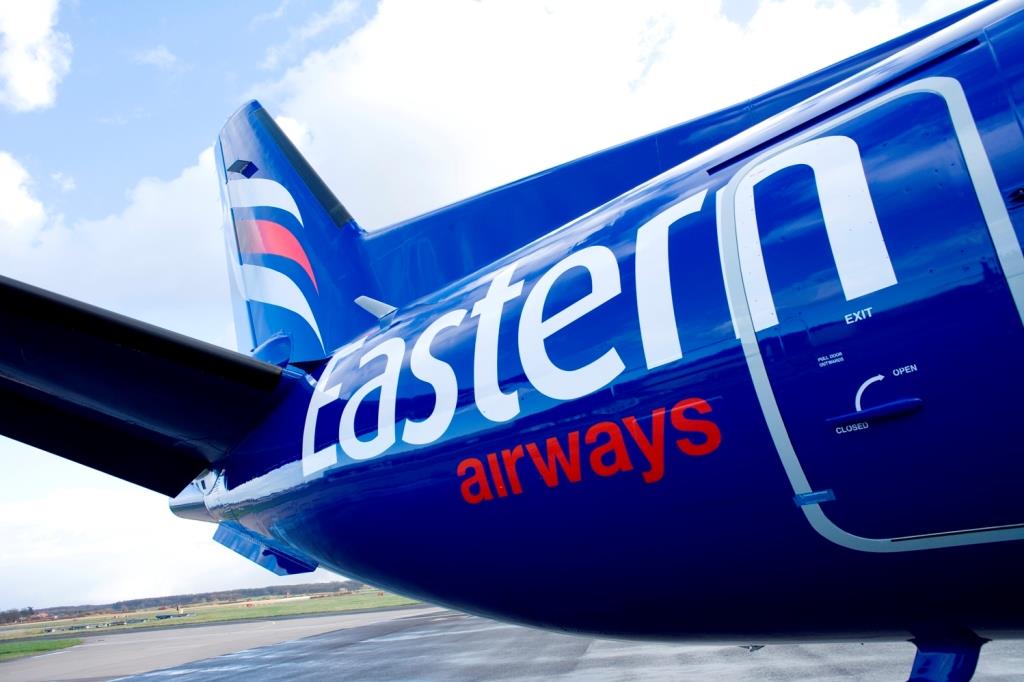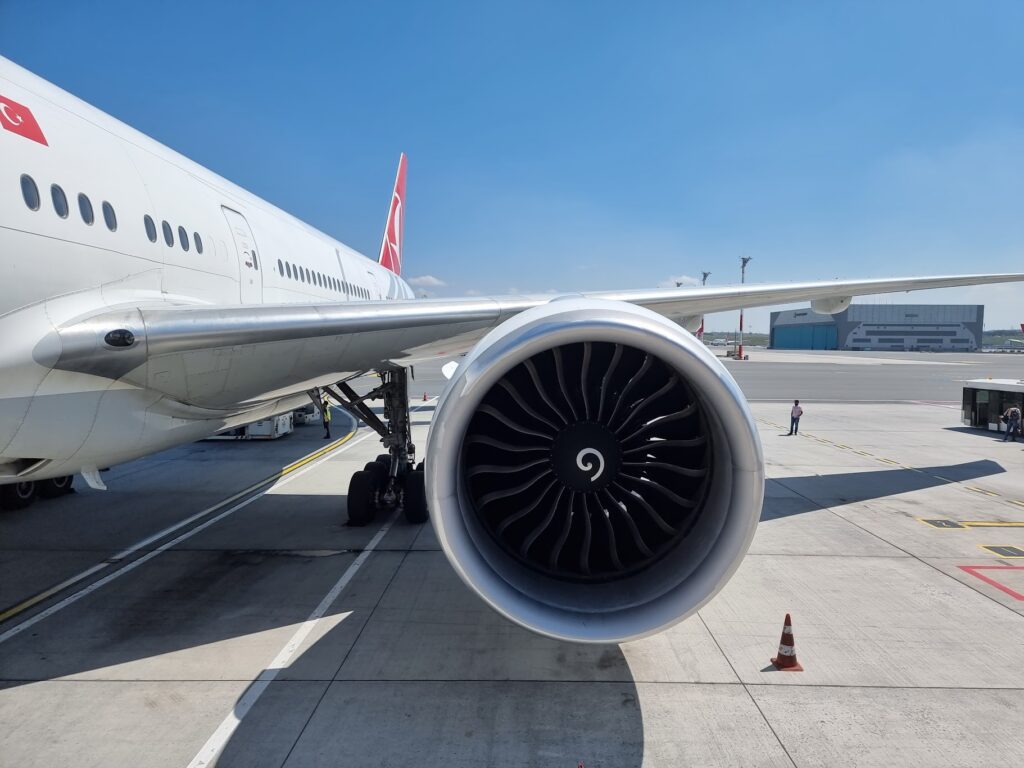Under the banner of combating excessive tourism, an increasing number of European cities are attempting to reduce the number of cruise ship arrivals. In addition to environmental reasons, economic considerations are also being factored in. The core issue is that, according to local authorities’ estimates, cruise tourists tend to spend too little.
Prior to the pandemic, the annual count of cruise passengers was around 30 million, and it is likely to approach that figure by the end of 2023. However, the revival of cruise tourism is not pleasing everyone. In some European cities that are part of popular cruise routes, there are efforts to either completely ban or limit the number of ship arrivals, citing environmental, social, and economic issues.
Venice was the first in Europe to embark on the path of conflict with cruise tourists. In 2021, this Italian city banned large vessels from anchoring in its historic center. The trigger for this move was an incident in 2019 when a cruise ship collided with a dock, resulting in five casualties. Taking all these risks into account, UNESCO threatened to include the city on the list of places under the threat of disappearance.
However, despite all the announcements, the idea of prohibiting large ships from entering Venice turned out to be more complicated than initially thought. Without a new port outside the city’s lagoon, many cruise ships still effectively dock in the city center, even two years after the ban was introduced.
Barcelona followed Venice’s example. The Catalan capital closed its northern cruise terminal from October 22, 2023. Now, around 340 ship arrivals per year will be redirected to the southern Moll d’Adossat pier, which is farther from the city’s residential areas. Previously, tourists disembarking from cruise ships could reach the famous La Rambla boulevard in just 10 minutes. Now, they face a 30-minute bus ride to the city center.
The number of cruise liners allowed to enter Barcelona’s ports has also been restricted to no more than seven ships per day, down from the previous limit of ten. Additionally, starting in 2024, cruise ship passengers staying in Barcelona for less than 12 hours will be required to pay a tourist tax of 4 euros.
The Mediterranean is the second-largest cruise market outside of the Caribbean, and the growing number of passengers is putting increasing pressure on local communities. For instance, Marseille, France’s largest cruise port, has seen significant opposition to cruise liners. Last year, over 50,000 people signed a petition calling for a ban on cruise ship arrivals in the city.
Civil protests in the Spanish city of Palma de Mallorca, in the Balearic Islands, led to restrictions on the number of ships that can simultaneously enter the port. Now, only three ships can dock, compared to the previous 5-6 cruise liners per day.
The Greek island of Santorini and the Croatian city of Dubrovnik have also tightened requirements for cruise ship arrivals, limiting the number of vessels that can be in port at the same time. The large volume of tourists coming ashore creates problems for local infrastructure, ranging from traffic congestion to dealing with the waste left by visitors.
The fight against cruise tourism is not limited to the Mediterranean. Cruise ships visiting Scotland will face a new tax under plans recently announced by the Scottish Green Party. The tax aims to address both greenhouse gas emissions and excessive tourism.
In Amsterdam, the city council voted to close its cruise terminal in an attempt to reduce environmental pollution and decrease the number of tourists. Moving the terminal outside the city center seems to be the most likely solution, but no decision has been finalized yet.
European research has shown that passengers disembarking from cruise ships do not make significant contributions to the local economy. Since they have access to all meals, drinks, and entertainment on board, their money largely stays with the cruise company. Furthermore, not all cruise tourists are willing to disembark in the first place. According to authorities in Bergen, Norway, one of Northern Europe’s popular ports, up to 40% of cruise ship passengers never leave their ship. For those who do go ashore, the average spending in Bergen was less than 23 euros. Most purchases were small souvenirs.
The average duration of a port call is about eight hours, but this can vary significantly depending on the ship’s itinerary. For some, such as Barcelona, the stop can be as short as four hours. The average amount spent by one cruise tourist in Barcelona last year was only 80 euros, a sum described as “disappointingly small” in the city.










